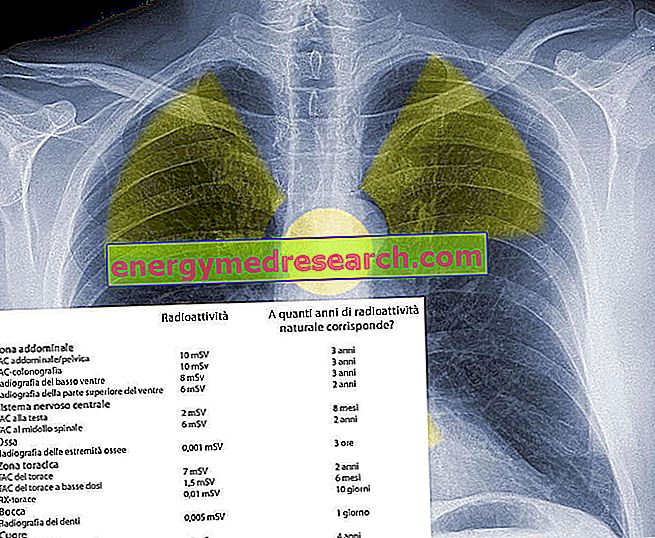
Radiological diagnostic tests, such as RX-thorax or thoracic CT, produce internal body images, thanks to equipment that emits different doses of ionizing radiation.
But how is radioactivity measured and what is the precise amount of ionizing radiation that affects the patient during these tests?
First of all, the most commonly used unit of measurement for the quantification of radioactivity is the millisievert ( mSv ).
Secondly, every radiological examination includes a specific emission of ionizing radiation, which depends on the area of the body to be analyzed. Exemplifying, a chest X-ray is performed with a lower number of radiations than an abdominal radiograph, but superior to a dental radiograph and so on.



